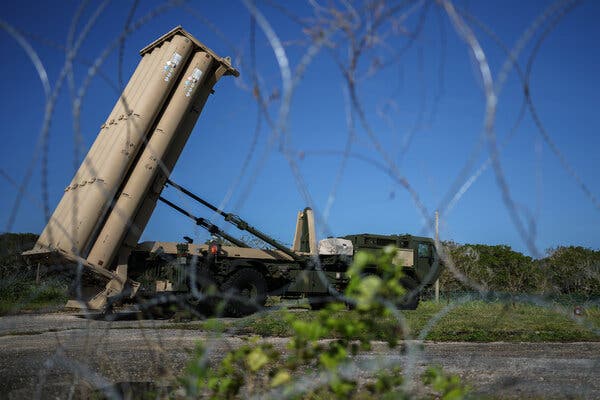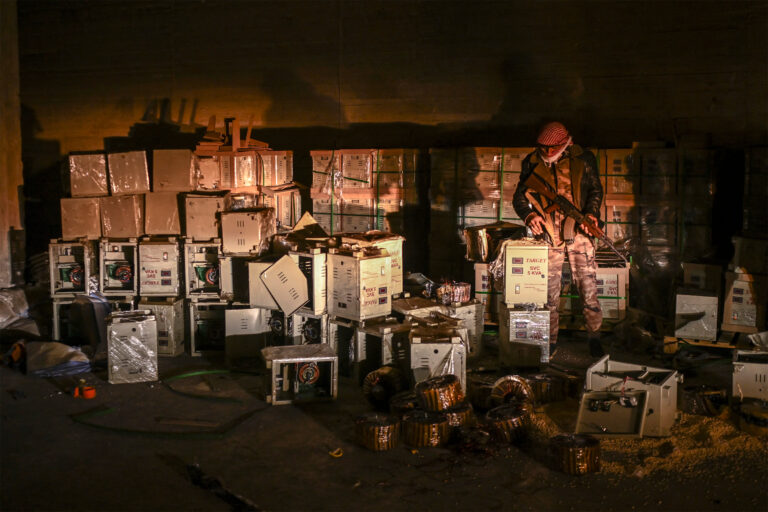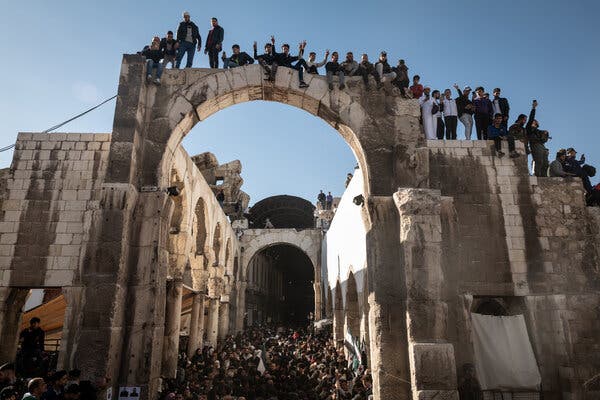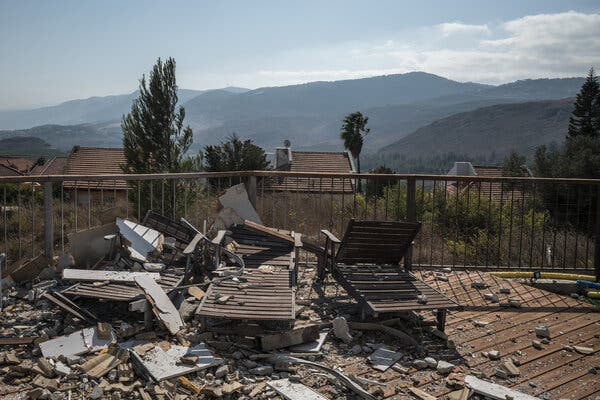It can intercept missiles above earth’s atmosphere, and is being deployed to defend against Iranian attacks.

The advanced THAAD air defense system that the United States is sending to Israel is a sign of how both countries are bracing for more attacks against Israel by Iran and its allies.
It adds another layer of protection to the several types of air defense systems that Israel already uses to shoot down missiles. Along with the THAAD battery, whose deployment the Pentagon announced on Sunday, about 100 American troops will go to Israel to operate it, putting U.S. service members closer to the heart of a widening Middle East war.
“It’s a political message of the United States to Israel that, ‘We are with you,’” said Yehoshua Kalisky, a military technology expert at the Institute for National Security Studies in Tel Aviv. “And to enemies, it’s: ‘Don’t.’”
Here is a look at the THAAD system and what it can do.
What is THAAD?
The Terminal High Altitude Area Defense system is a mobile surface-to-air interceptor that can shoot down incoming ballistic and cruise missiles. It is categorized as a short-, medium- and intermediate-range interceptor that can strike incoming targets both within the Earth’s atmosphere and above it.
The system is made up of five parts: Interceptor missiles, launchers, radar, a command-and-control platform, and other support equipment unique to the THAAD. There is no warhead on the missile, which destroys its targets by the force of its impact.
There are only nine active THAAD batteries in the world, according to its manufacturer, Lockheed Martin. Seven of them are assigned to the U.S. Army, operating in Guam and South Korea. The battery that the Biden administration has ordered to Israel presumably would be among those seven.



